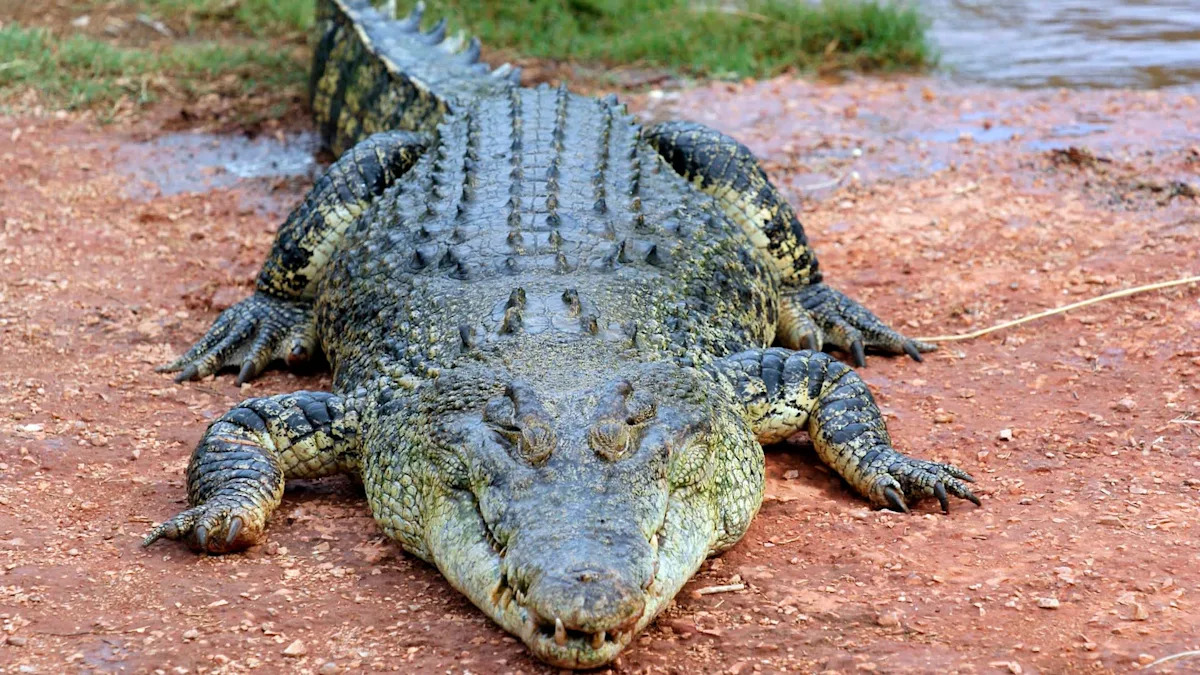New research indicates that the body temperatures of crocodiles are increasing and aligning with local heat waves in Australia.
Crocodiles are extremely resilient, but our steadily overheating planet is even pushing their capacity to the limit.
What’s happening?
As The Conversation reported, a team of researchers tagged and tracked 203 crocodiles in Far North Queensland, Australia.
They were seeking to discover how crocodiles respond to increasing temperatures since the reptiles characteristically change their behaviors when it’s necessary to cool down. Crocodiles commonly seek shade, move to riverbanks at night, and dive deeper in the water to cool off.
The researchers found that the crocodiles engaged in more cool behaviors because of the warming temperatures. However, not even these measures may be enough to keep their bodies at safe and healthy levels in the future.
Why are changing animal behaviors important?
Many species of animals are adaptable and slowly adjusting to the hotter weather on our planet. However, consistently and dangerously high temperatures are putting some species at risk of becoming extinct over time.
When animals can’t keep themselves cool, they are unable to feed, flee from predators, or reproduce effectively.
Researchers are concerned that crocodiles and other animals will have to spend increased time and energy cooling during heat waves, thereby taking away from other activities essential to their survival. They may also be forced to migrate beyond their native habitats in search of shade and cooler temperatures, increasing the likelihood of human interaction and competition for limited resources.
What’s being done to protect animals from excessive heat?
The researchers studying crocodiles in Queensland noted that, despite their extreme resilience to heat, even crocodiles may struggle to remain in their local river systems in a constantly warming world.
Fortunately, conservationists have been working on ways to create safer environments for wildlife and support biodiversity as temperatures continue to rise. Efforts such as habitat rebuilding and wetland conservation can help animals survive and thrive in their natural habitats.
However, our world also needs increased advocacy for clean energy solutions and sustainable policies that prevent pollution from worsening at a faster rate than it already is.
As an individual, you can volunteer your time or donate money to climate-related causes, such as wildlife habitat conservation.
You can also reduce your own pollution output and contribution to rising temperatures by taking public transportation instead of driving, using fewer plastic products, and setting a clean energy example for your neighbors.
Join our free newsletter for good news and useful tips, and don’t miss this cool list of easy ways to help yourself while helping the planet.

